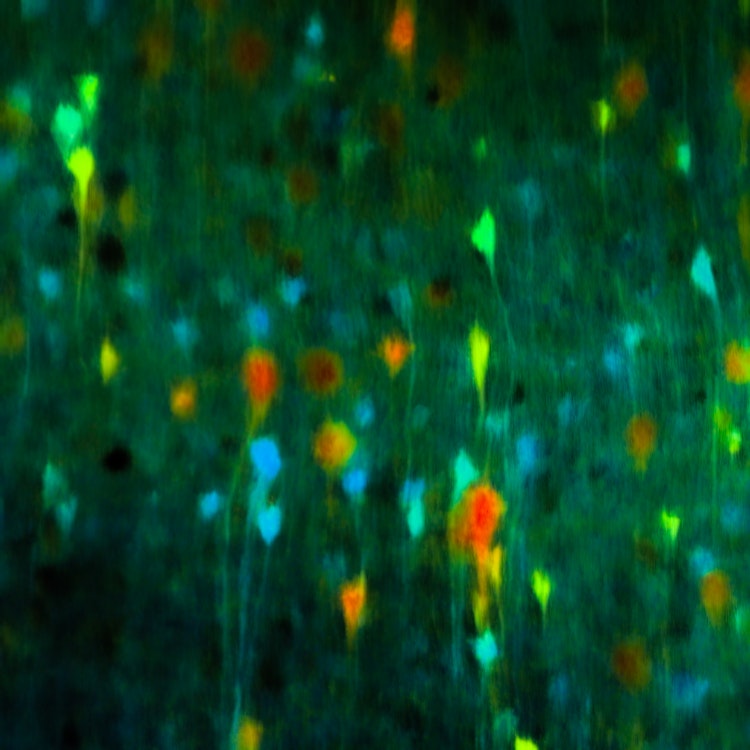
A low-cost FPGA-based approach for pile-up corrected high-speed in vivo FLIM imaging
Intensity-based two-photon microscopy is a cornerstone of neuroscience research but lacks the ability to measure concentrations, a pivotal task for longitudinal studies and quantitative comparisons. Fluorescence lifetime imaging (FLIM) based on time-correlated single photon counting (TCSPC) can overcome those limits but suffers from “pile-up” distortions at high photon count rates, severely limiting acquisition speed. We introduce the “laser period blind time” (LPBT) method to correct pile-up distortions in photon counting electronics, enabling reliable low-cost TCSPC-FLIM at high count rates. Using a realistic simulation of the TCSPC data collection, we evaluated the LPBT method’s performance in silico. The correction was then implemented on low-cost hardware based on a field programable gate array and validated using in vitro, ex vivo, and in vivo measurements. The LBPT approach achieves about 3% error in lifetime measurements at count rates more than 10 times higher than traditional limits, allowing robust FLIM imaging of subsecond metabolite dynamics with subcellular resolution. We enable high-precision, cost-effective FLIM imaging at acquisition speeds comparable with state-of-the-art commercial systems, facilitating the adoption of FLIM in neuroscience and other fields of research needing robust quantitative live imaging solutions.








